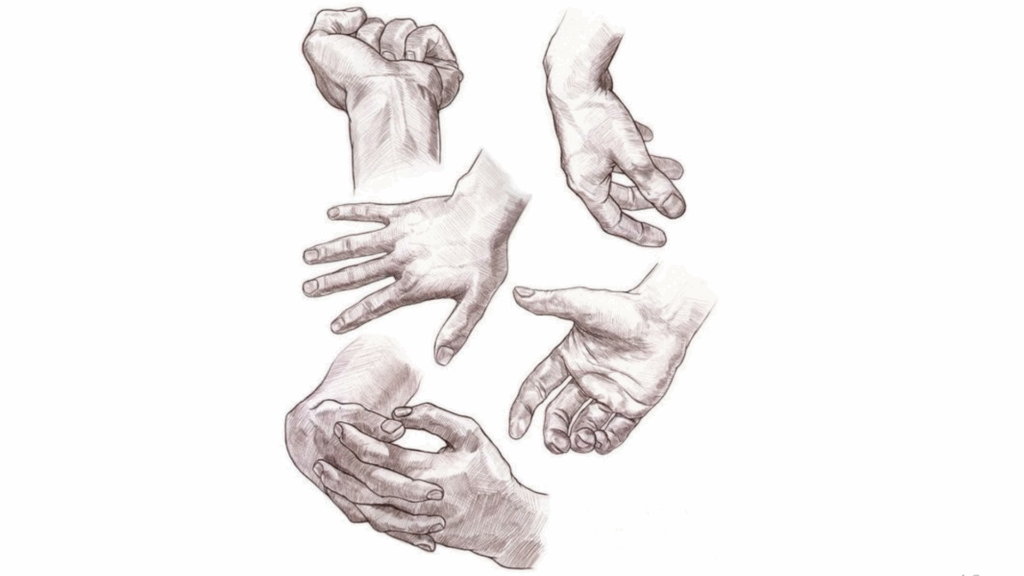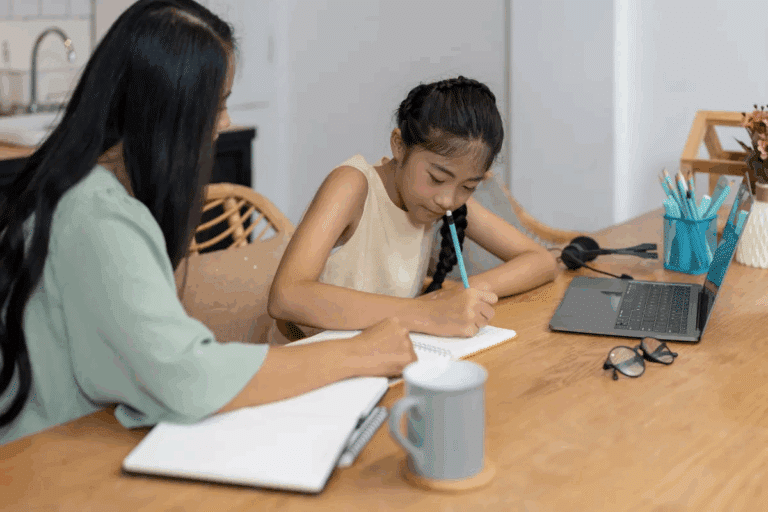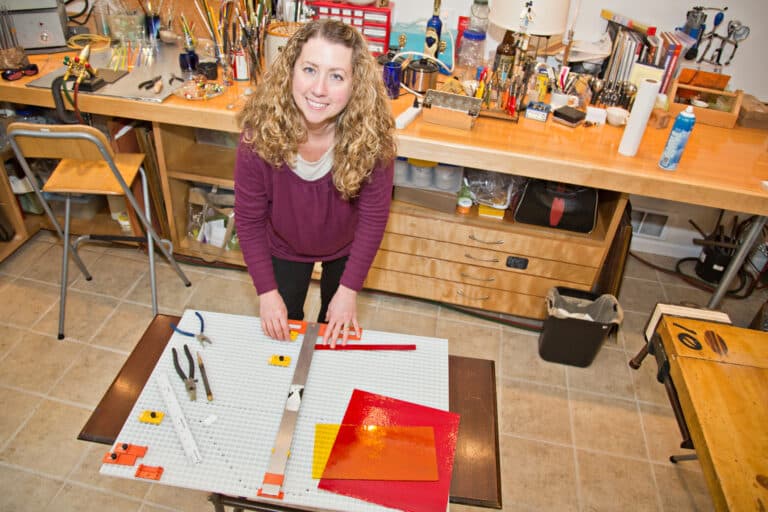There’s something magical about putting pencil to paper and watching your ideas take form.
If you’re a complete beginner or someone looking to reignite your creative spark, hand drawing ideas offer endless possibilities right at your fingertips. You don’t need fancy equipment or years of training; just curiosity and a willingness to explore.
So grab whatever drawing tools you have nearby, and let’s dive into some fresh inspiration that’ll get your creative wheels turning.
Inspiring Hand Drawing Ideas for Your Sketchbook
Find a vast collection of hand drawing ideas designed to spark creativity and sharpen your artistic skills.
From simple gestures to imaginative concepts, these ideas help you explore anatomy, emotion, and style in fresh, engaging ways.
1. Gesture Hands
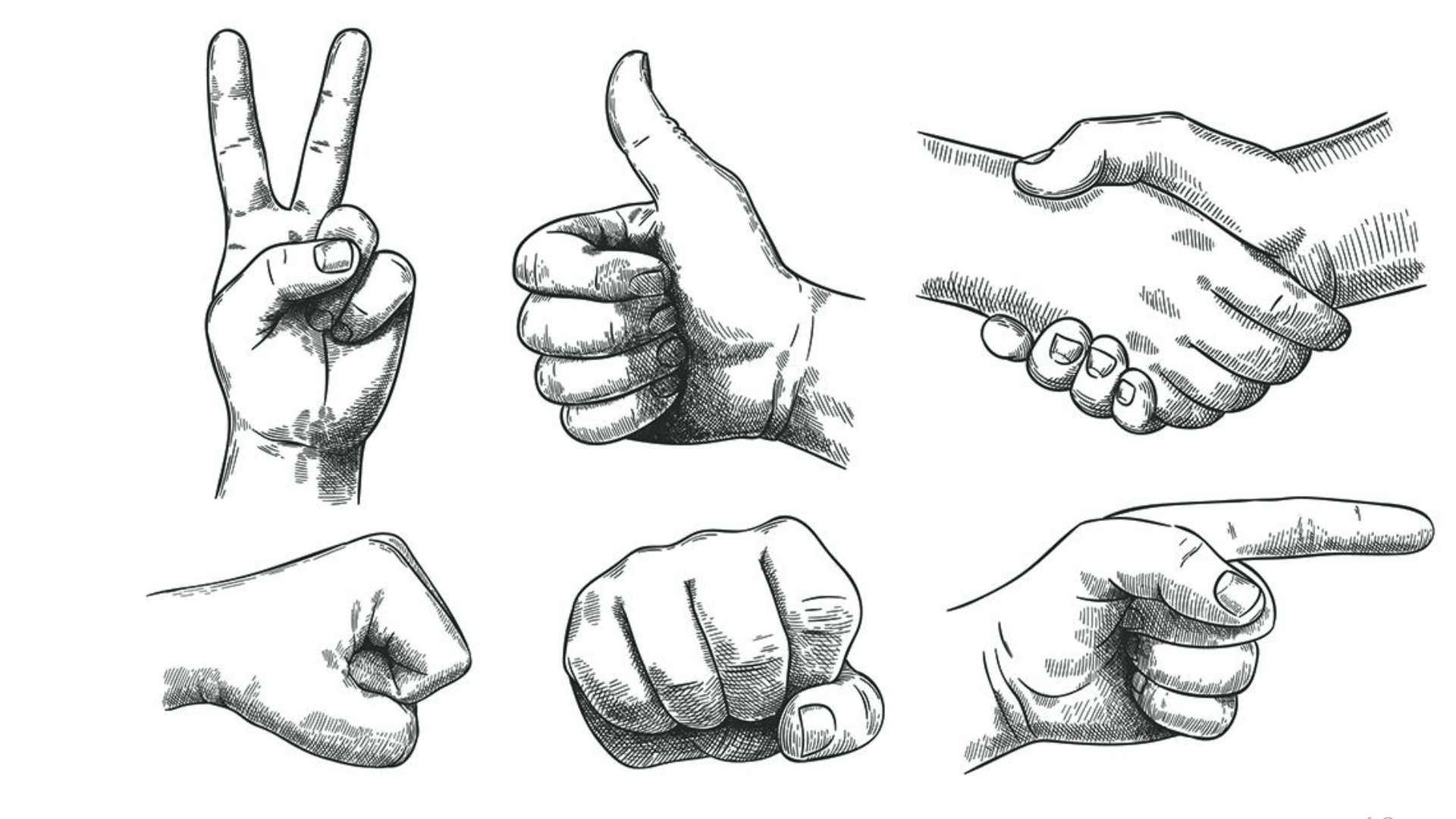
Quick sketches capturing the motion and posture of the hand. Gesture drawings emphasize fluidity over detail, making them ideal for warm-ups or studying hand dynamics during various actions.
- Purpose: Practice flow, rhythm, and structure.
- Style Tip: Keep it loose and expressive.
- How to draw: Use sweeping lines; focus on overall movement, not precision.
2. Detailed Anatomy Studies
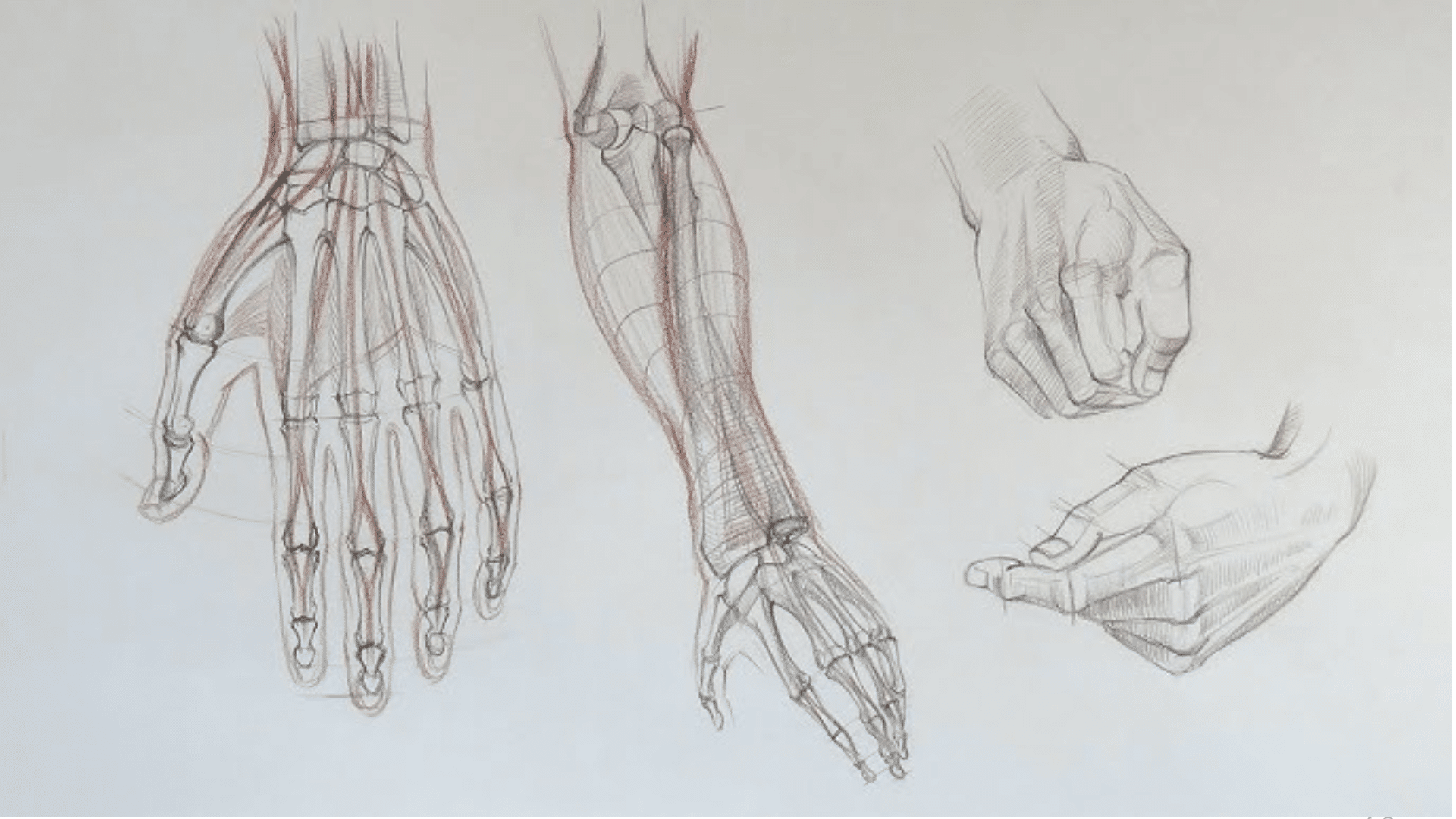
These studies explore the bones, muscles, and tendons of the hand. Ideal for artists aiming to understand underlying structures and create more realistic, anatomically accurate hand renderings.
- Purpose: Build structural understanding.
- Style Tip: Use references or anatomy models.
- How to draw: Start with skeletal structure, layer muscles, then add skin outlines.
3. Hands Holding Objects
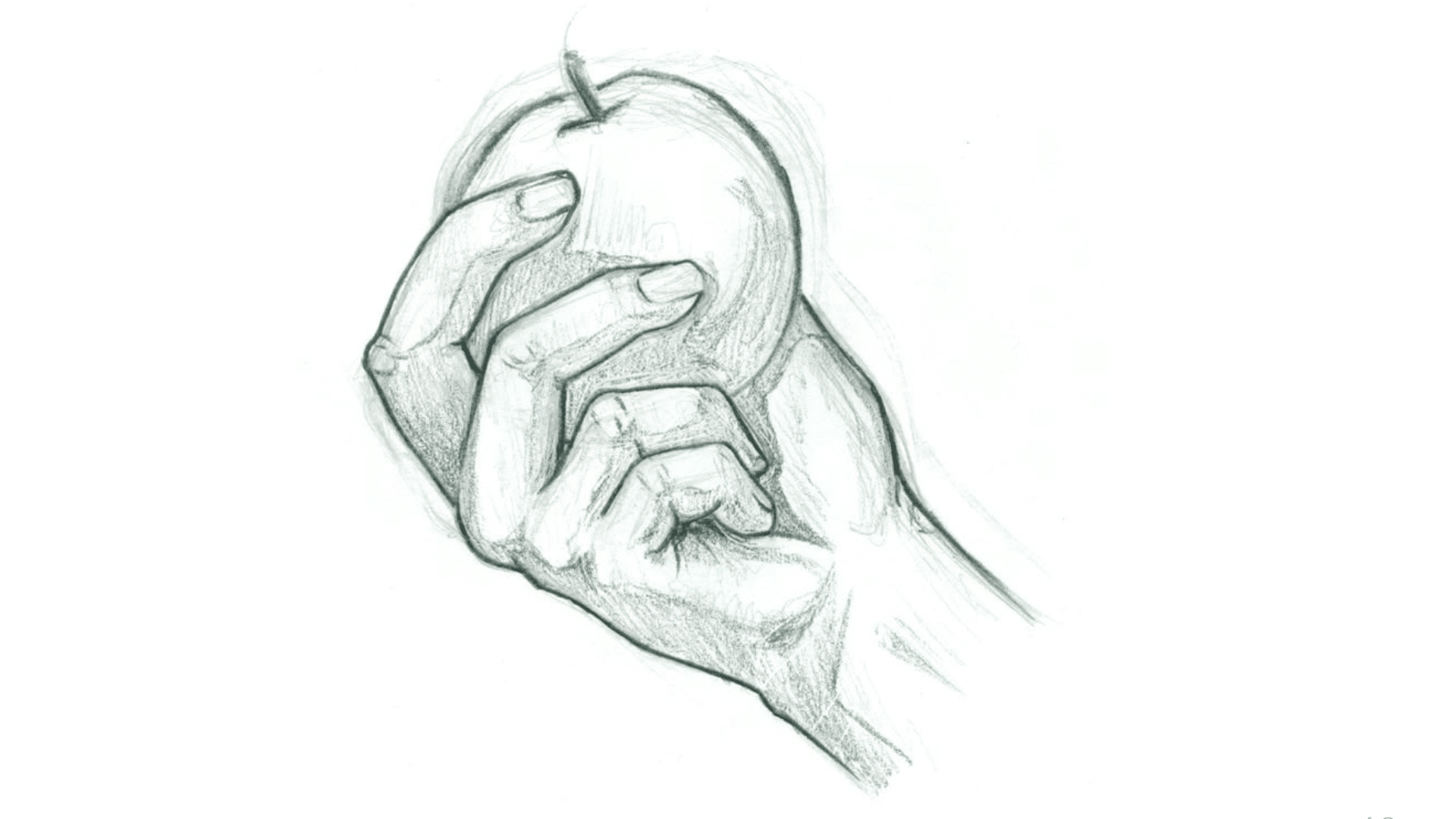
Depict hands gripping, supporting, or interacting with everyday objects like cups, pens, or tools. Great for studying grip, finger tension, and object-hand interaction.
- Purpose: Improve realism and interaction.
- Style Tip: Observe object shape and hand positioning.
- How to draw: Sketch the object first, then build the hand around its contours.
4. Fist and Clenched Hand
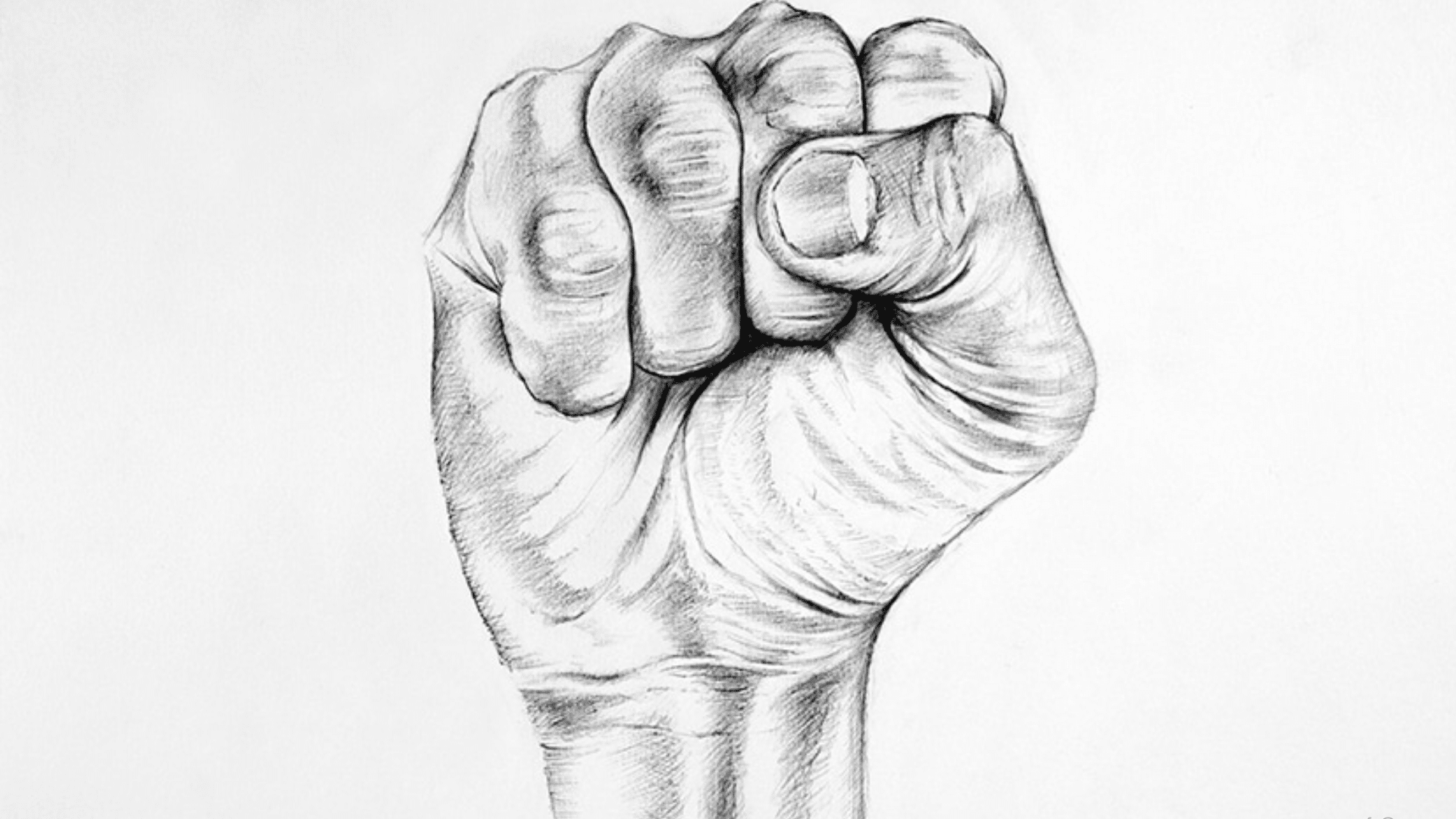
Study the hand in a closed, tense position. Useful for action scenes or emotional intensity, showing tension in knuckles and compressed fingers.
- Purpose: Explore tension and volume.
- Style Tip: Emphasize joint angles and wrinkles.
- How to draw: Block out the fist shape, then define finger curves and creases.
5. Hands in Motion
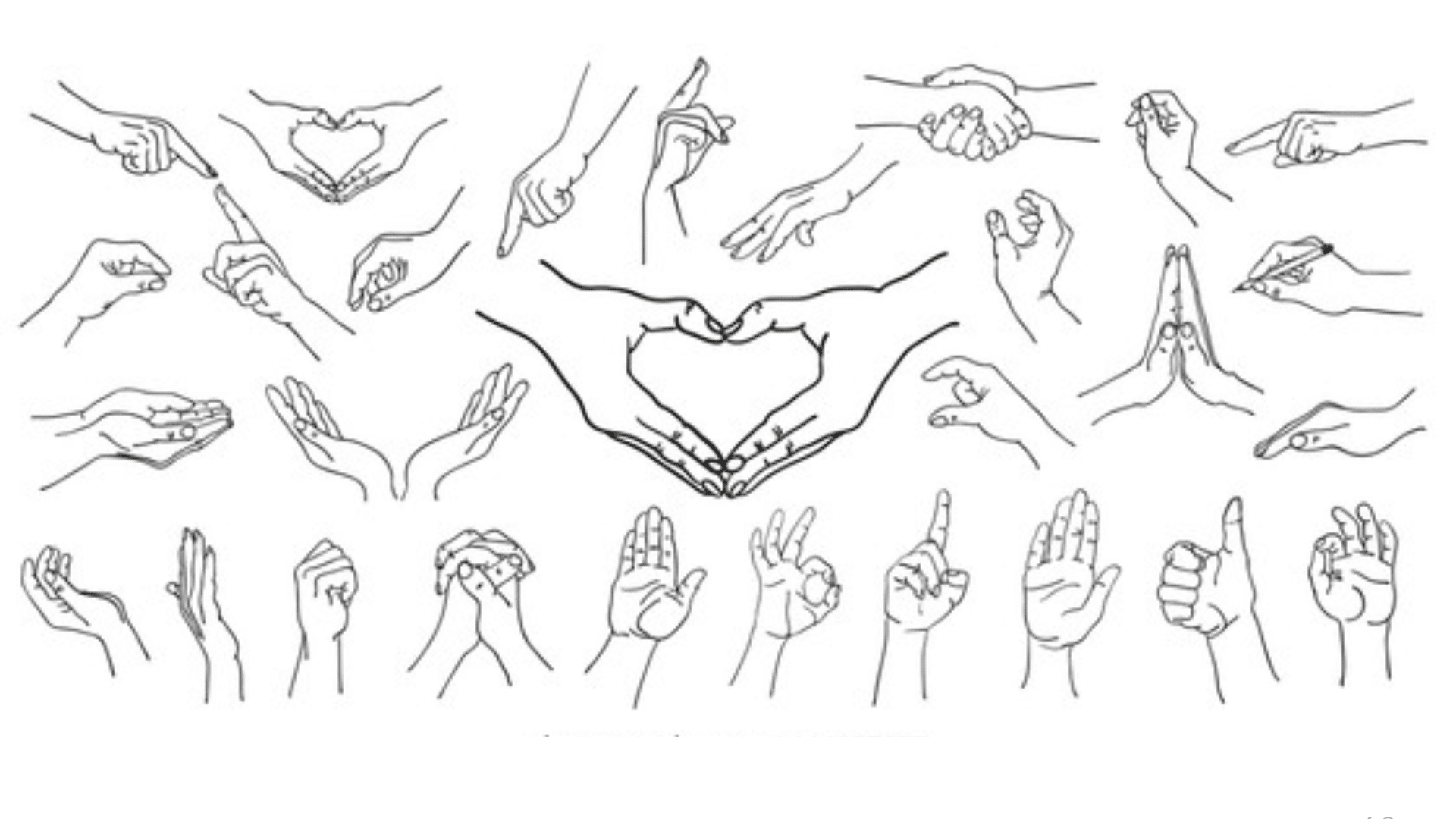
Capture hands mid-action—typing, clapping, pulling, etc. Great for learning to sketch dynamic poses and motion blur techniques.
- Purpose: Add movement to drawings.
- Style Tip: Use light sketching to imply motion.
- How to draw: Draw a base pose, then layer over gesture lines or speed lines.
6. Holding Hands
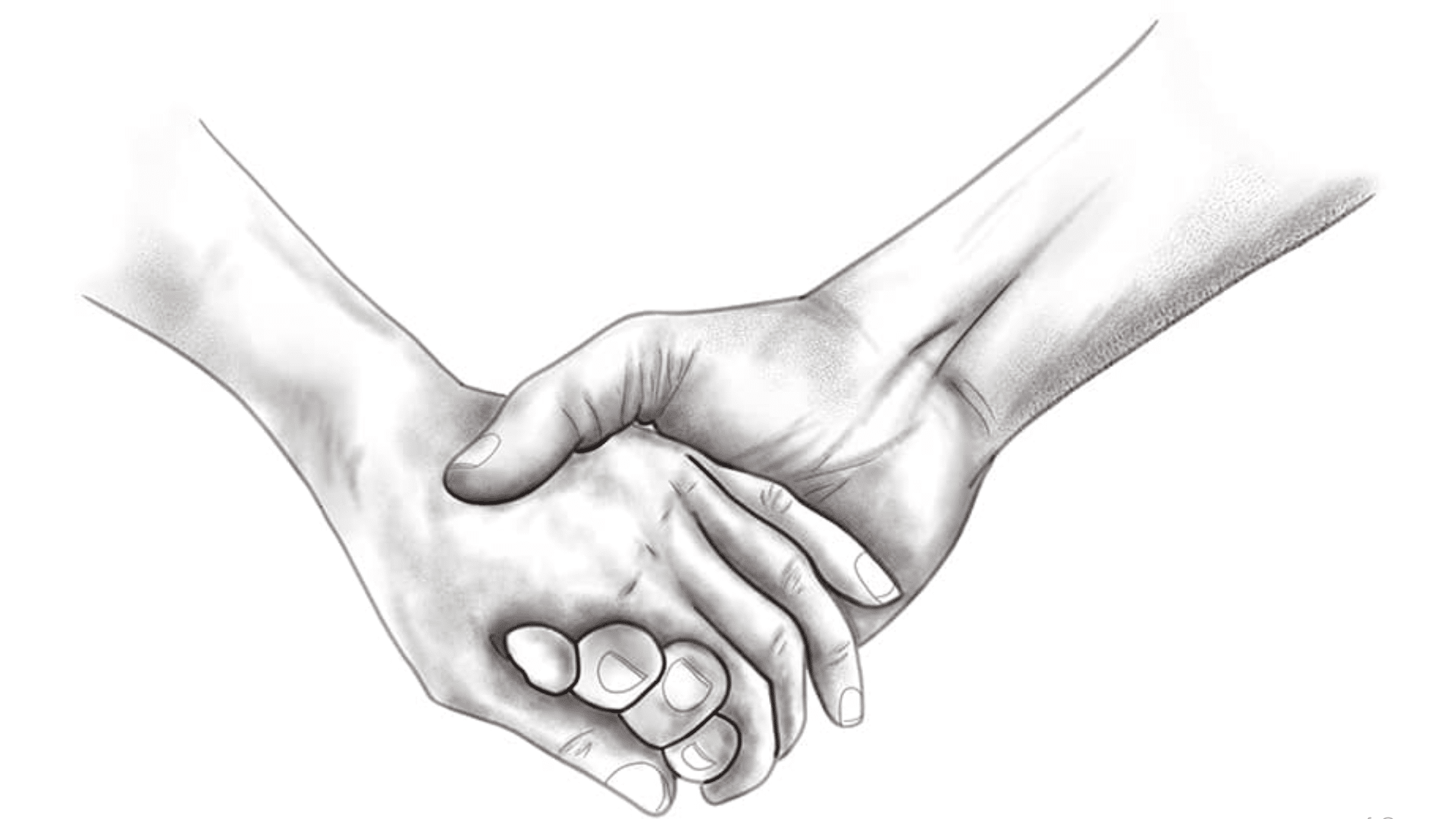
Draw two hands grasping or touching, romantic, friendly, or symbolic. Helps study interaction, overlap, and combined anatomy.
- Purpose: Illustrate connection and interaction.
- Style Tip: Focus on finger overlap and pressure.
- How to draw: Sketch one hand, then mirror or wrap the second hand with accurate angles.
7. Stylized Cartoon Hands
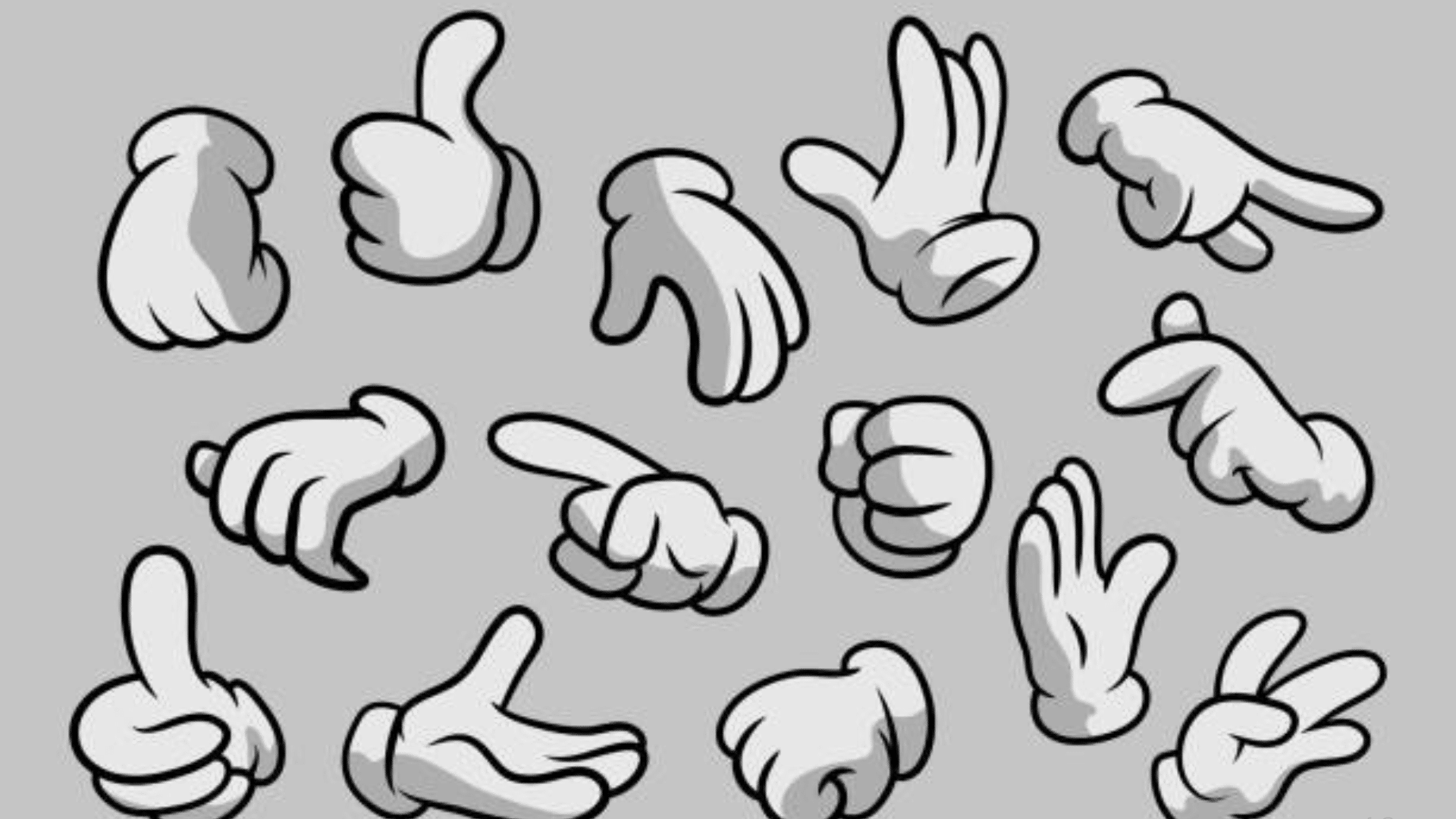
Playful or exaggerated versions with big knuckles, blocky fingers, or simplified lines. Great for character design or animated styles.
- Purpose: Create expressive, simplified forms.
- Style Tip: Use bold lines and exaggeration.
- How to draw: Use basic shapes like circles and sausages to build finger forms.
8. Shaded Realistic Hands
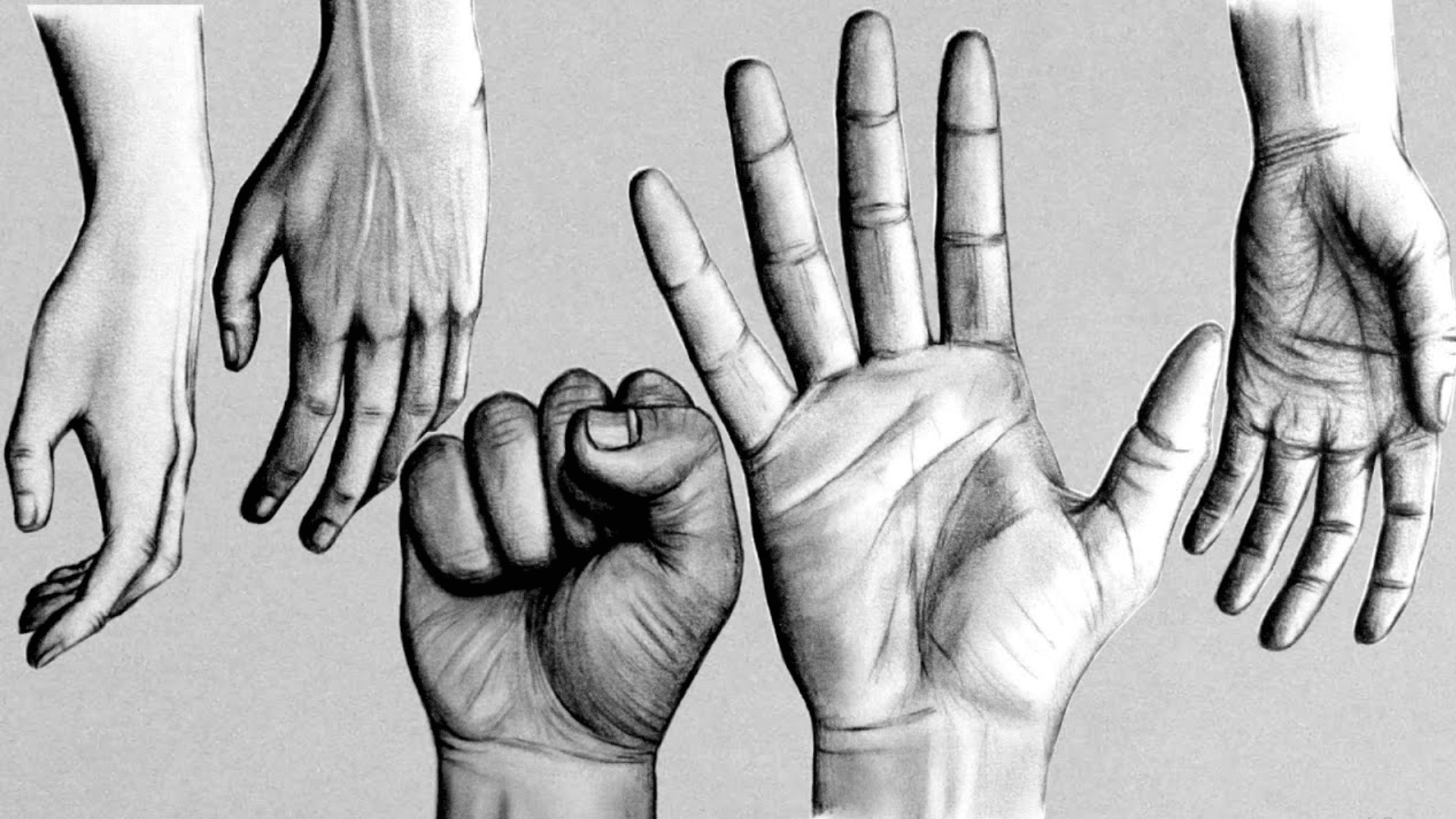
Create lifelike renderings using shadows and values to show depth and form. Ideal for advanced artists developing tone and texture.
- Purpose: Develop realism through shading.
- Style Tip: Use a strong light source for contrast.
- How to draw: Start with structure, then layer tones gradually using blending tools.
9. Hands from Different Angles
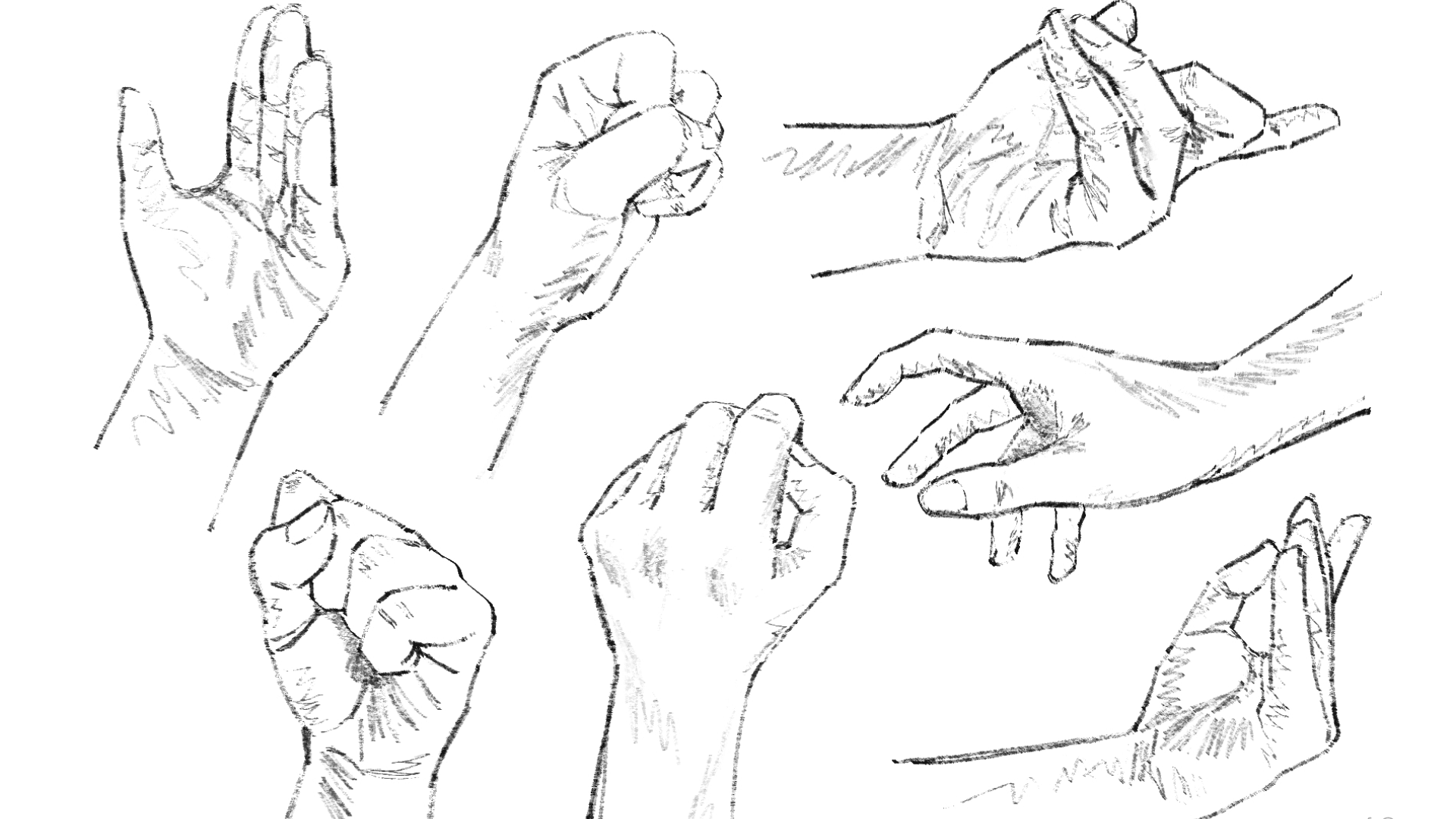
Draw hands viewed from unusual or challenging perspectives—top-down, foreshortened, or extreme angles. Improves spatial awareness and perspective drawing.
- Purpose: Master depth and rotation.
- Style Tip: Use perspective grids for accuracy.
- How to draw: Sketch simple shapes in perspective, then build hand details onto that framework.
10. Abstract Doodled Hands
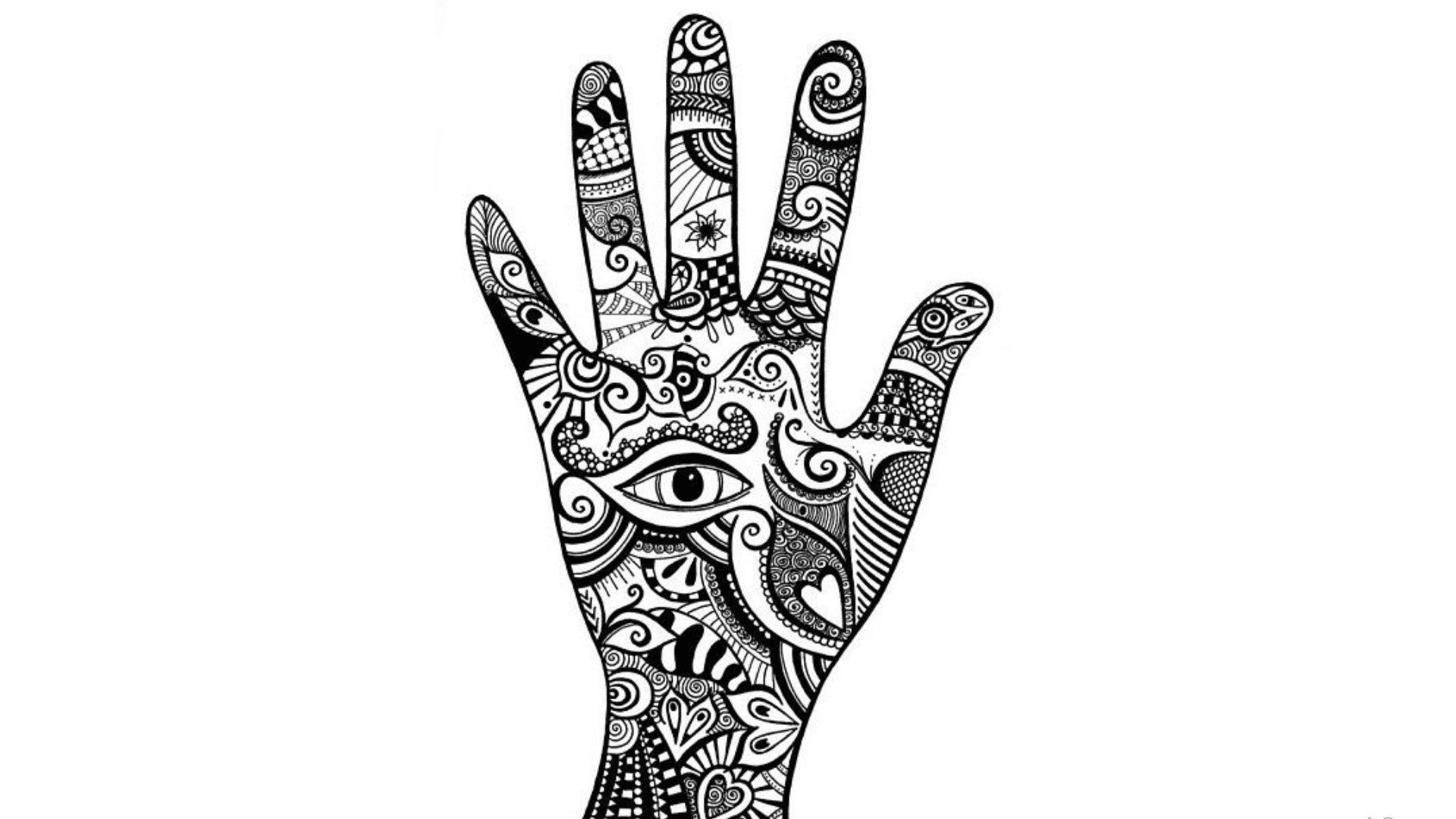
Use the hand shape as a base to explore patterns, spirals, or abstract lines. Focuses on creativity over realism and is great for relaxing sketchbook play.
- Purpose: Blend anatomy with abstraction.
- Style Tip: Use repetitive motifs and lines.
- How to draw: Outline a hand, then fill the inside with patterned shapes, lines, or textures.
11. Hands Merged with Flowers or Leaves
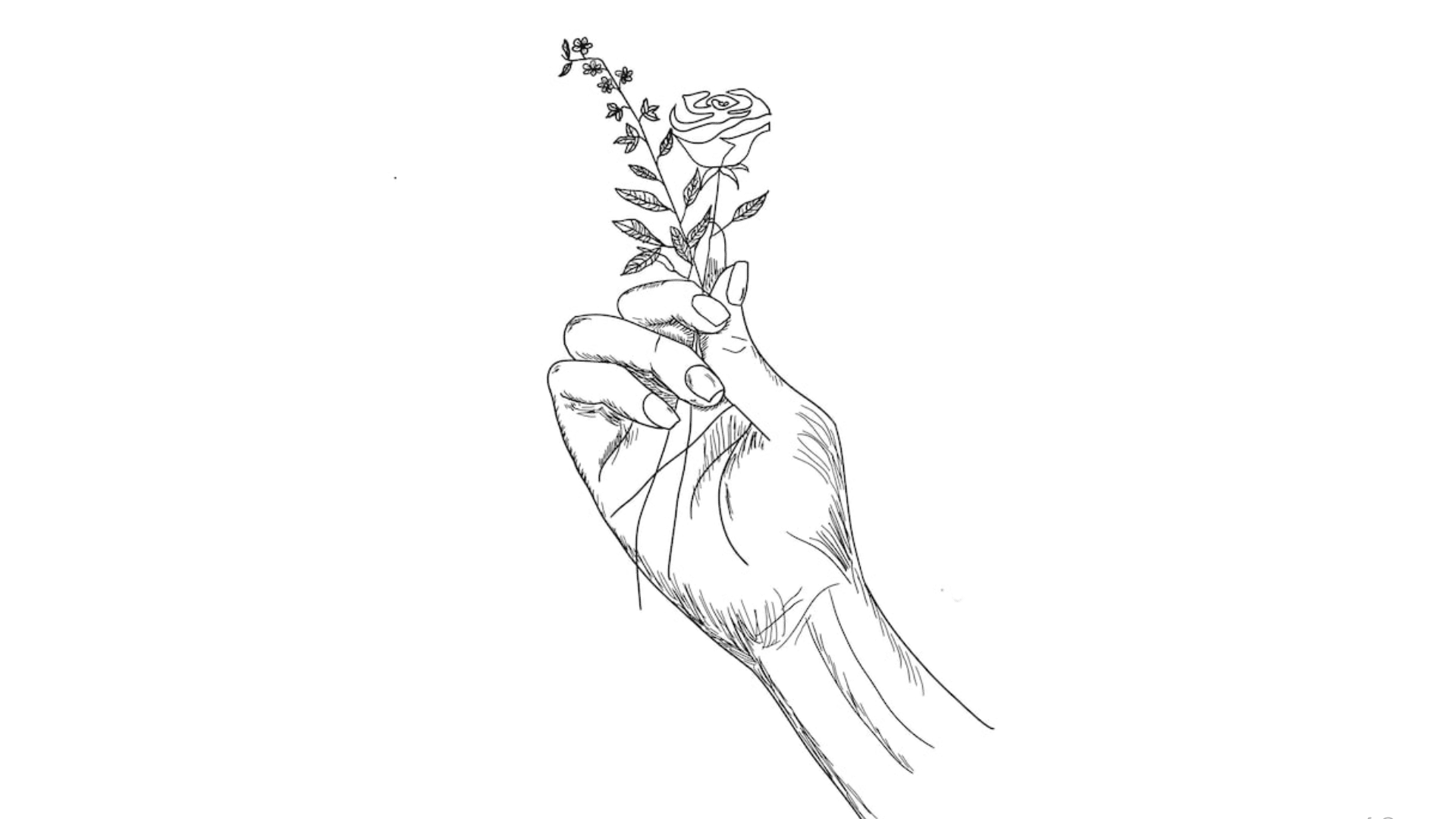
Transform fingers into stems, palms into petals, or vines wrapping around hands. A poetic, surreal style combining nature with anatomy.
- Purpose: Explore symbolism and visual metaphors.
- Style Tip: Mix organic flow with anatomical form.
- How to draw: Begin with a loose hand sketch, then blend floral elements where fingers or joints meet.
12. Fantasy Hands
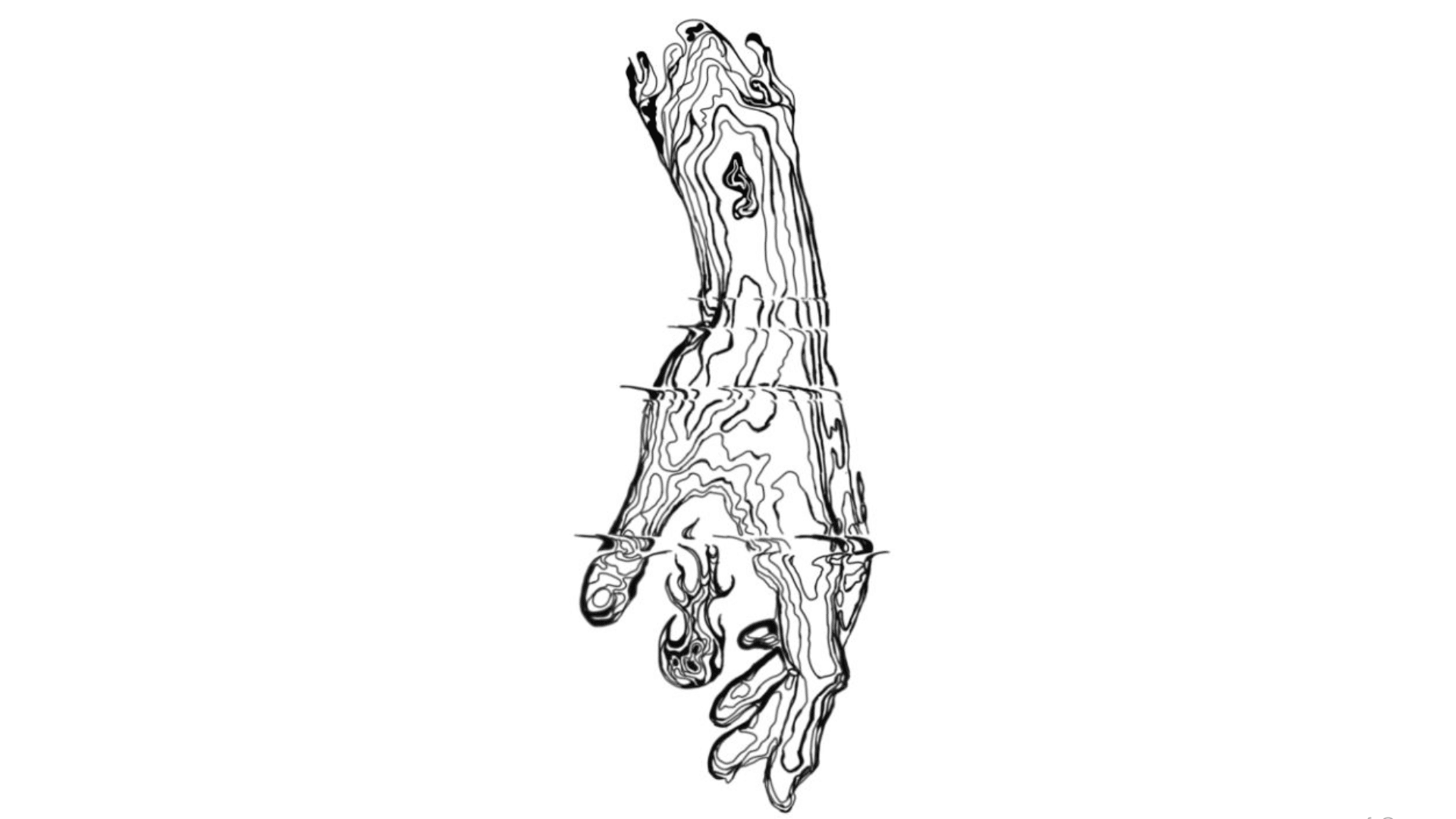
Design hands with supernatural elements, extra fingers, runes, crystal claws, or magical energy. Encourages imaginative world-building and stylistic flair.
- Purpose: Invent unique characters or beings.
- Style Tip: Exaggerate proportions and features.
- How to draw: Sketch a base hand form, then modify with imaginative details like textures or ornaments.
13. Hands Holding Balloons or Strings
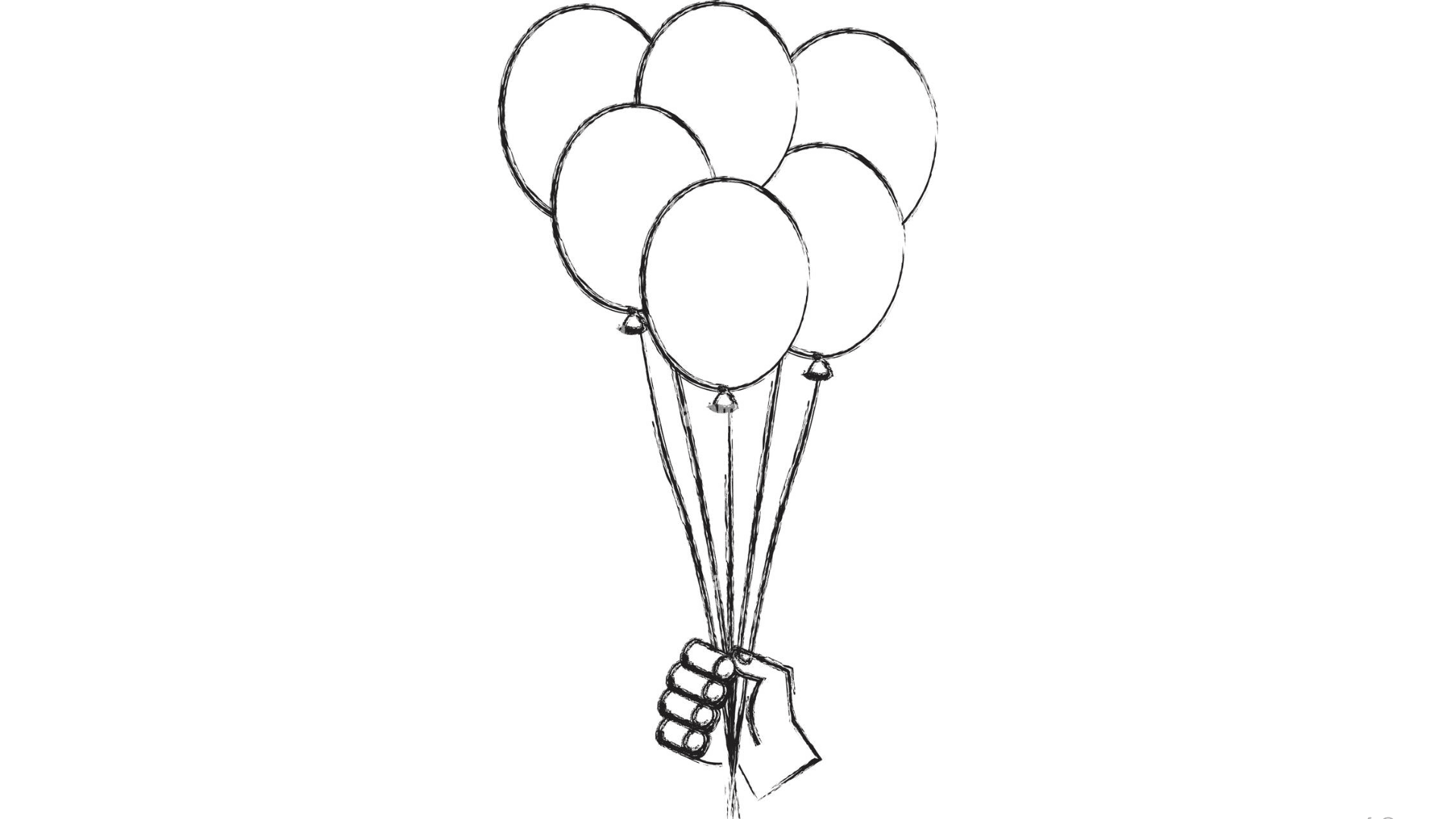
Draw light tension as hands delicately grip balloon strings. It’s a subtle exercise in portraying gentleness and floating motion.
- Purpose: Express lightness and emotion.
- Style Tip: Use curved, soft lines.
- How to draw: Sketch relaxed fingers, then draw taut or wavy strings held loosely between them.
14. Multiple Hands Overlapping
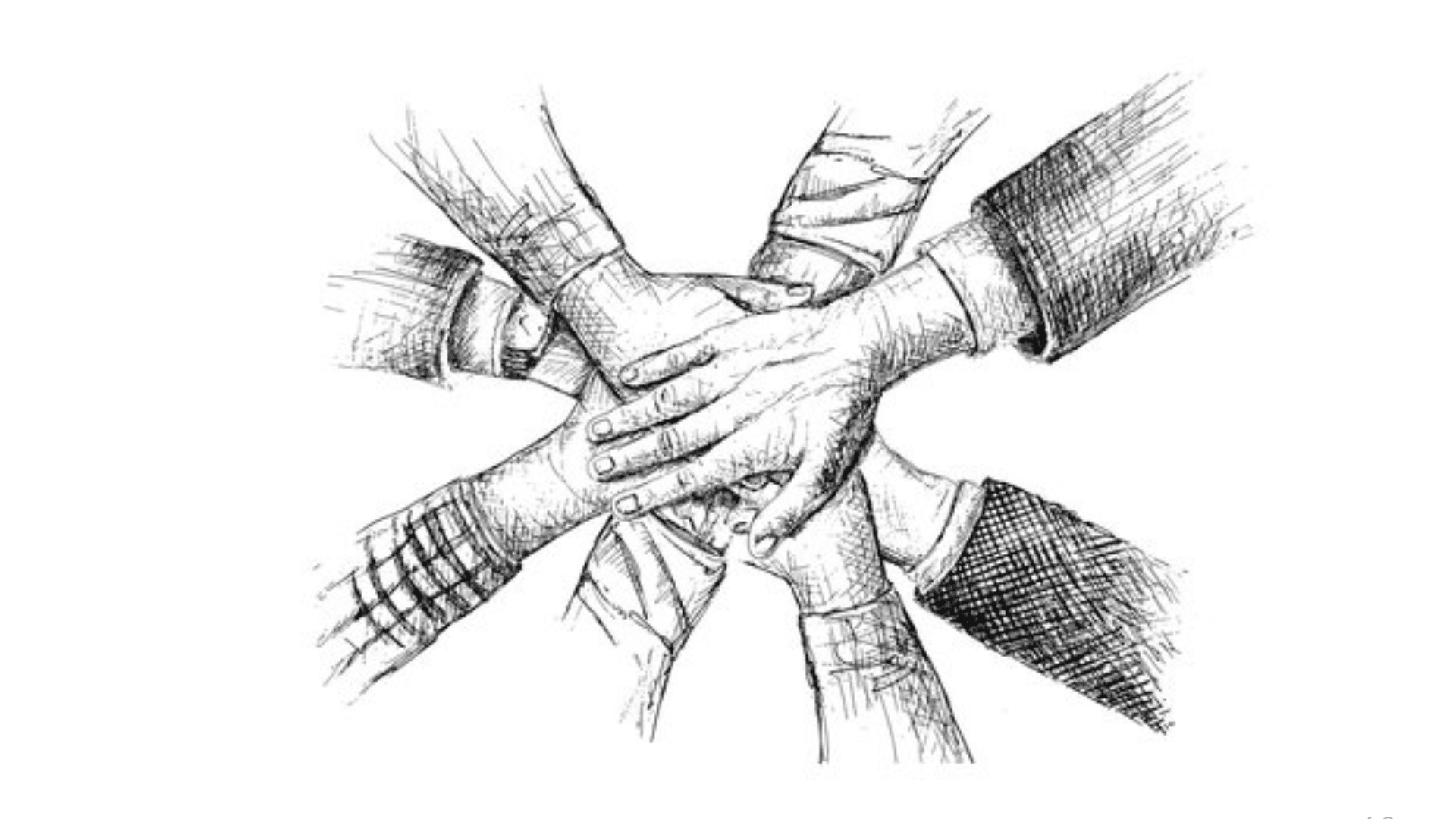
A composition of layered hands in different poses, showing complexity and interaction. Great for depth practice and abstract compositions.
- Purpose: Study layering and form interaction.
- Style Tip: Vary line weight for clarity.
- How to draw: Lightly sketch all hand placements first, then define each with overlapping outlines and depth hints.
15. Hands Interacting with Animals
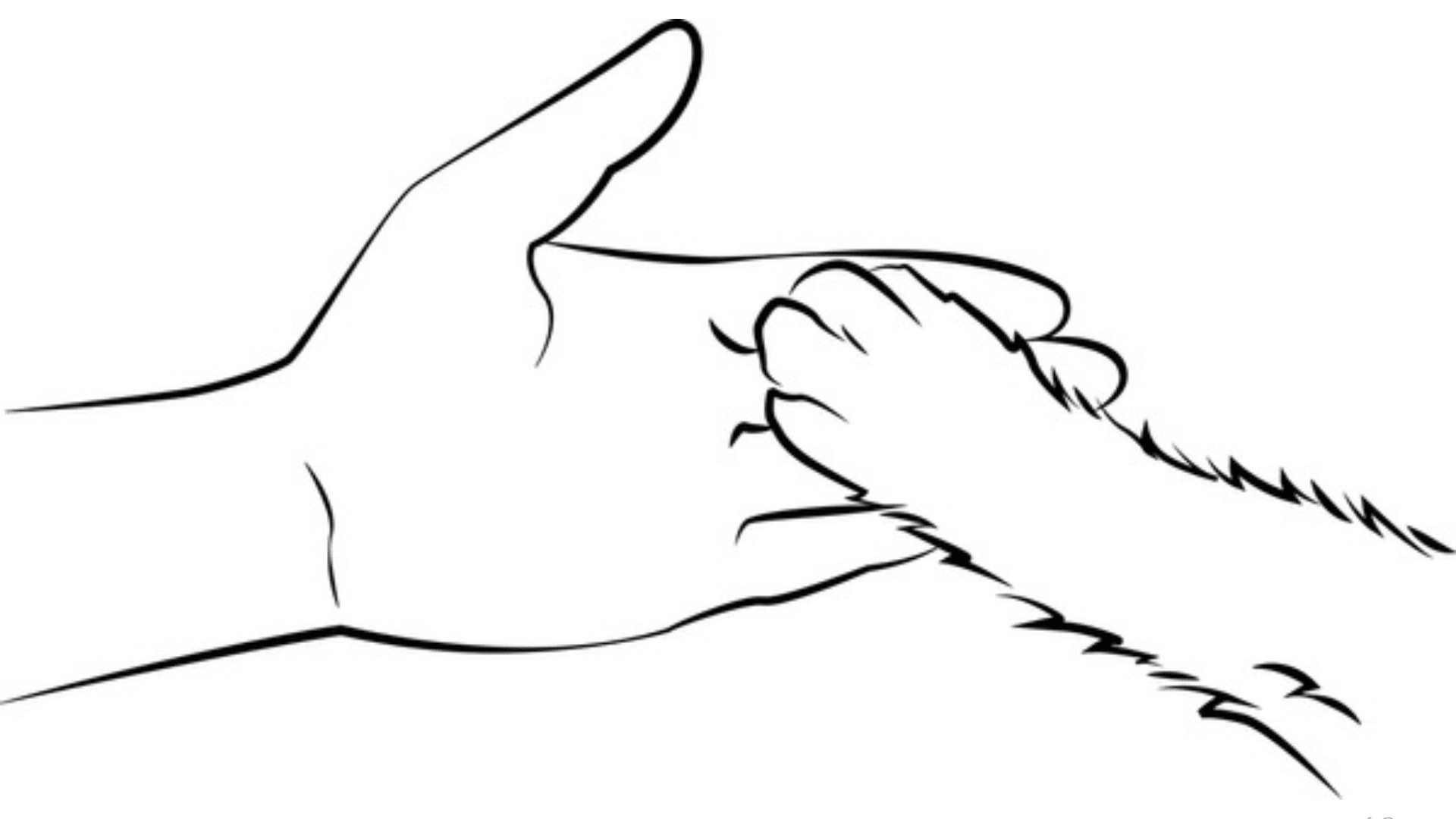
Draw hands gently holding, petting, or feeding animals. This explores soft contact, proportion, and narrative in composition.
- Purpose: Add storytelling and tenderness.
- Style Tip: Show emotional interaction clearly.
- How to draw: Sketch both figures lightly, then refine contours where fingers touch fur or feathers.
16. Hands Wearing Accessories
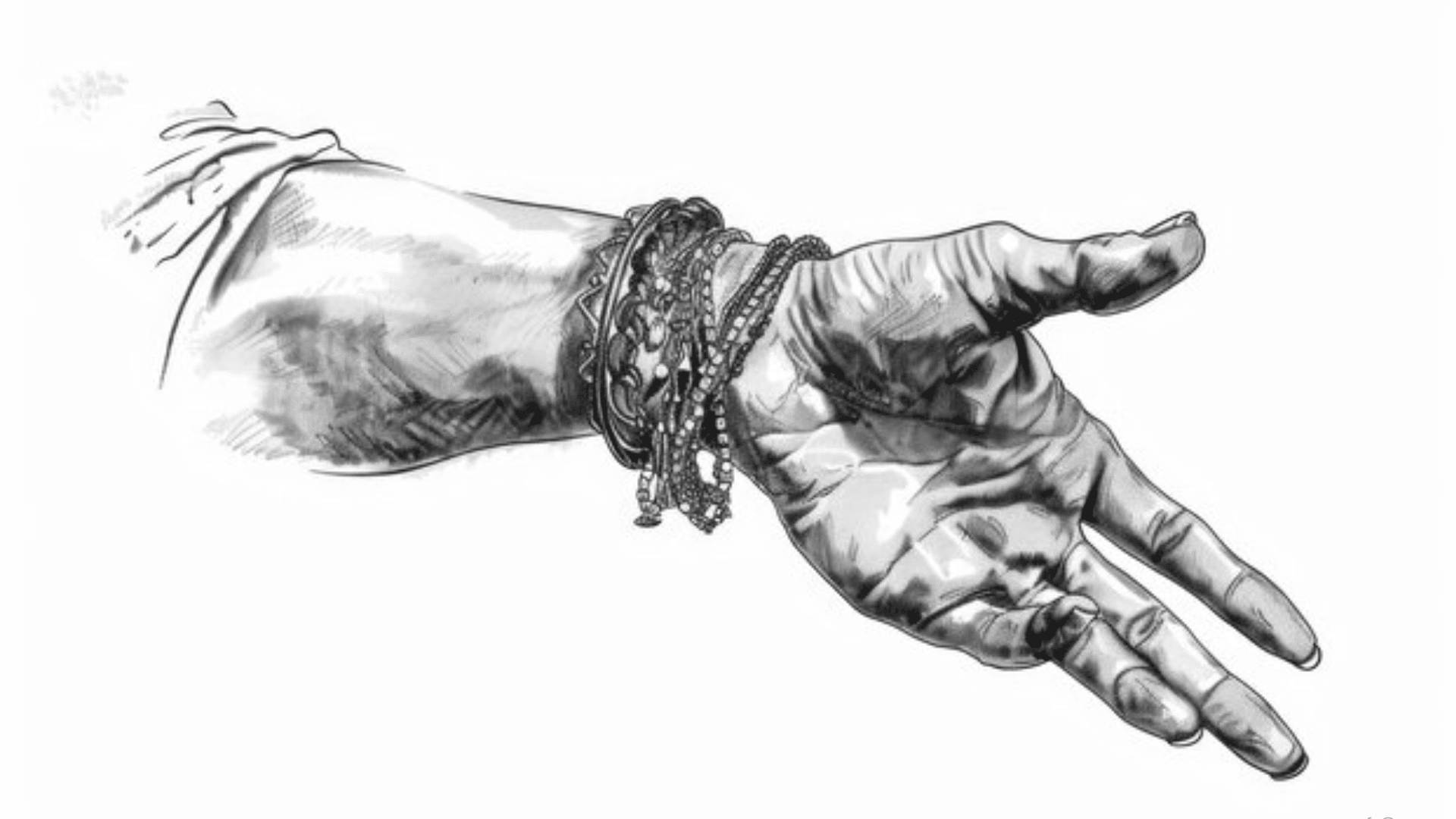
Sketch hands adorned with rings, bracelets, watches, or gloves. Accessories enhance character detail and offer practice with reflections, texture, and layered forms.
- Purpose: Add personality and realism.
- Style Tip: Use contrast between skin and metal/fabric.
- How to draw: Outline the hand first, then add accessories with attention to placement and perspective.
17. Hands in Yoga or Meditation Mudras
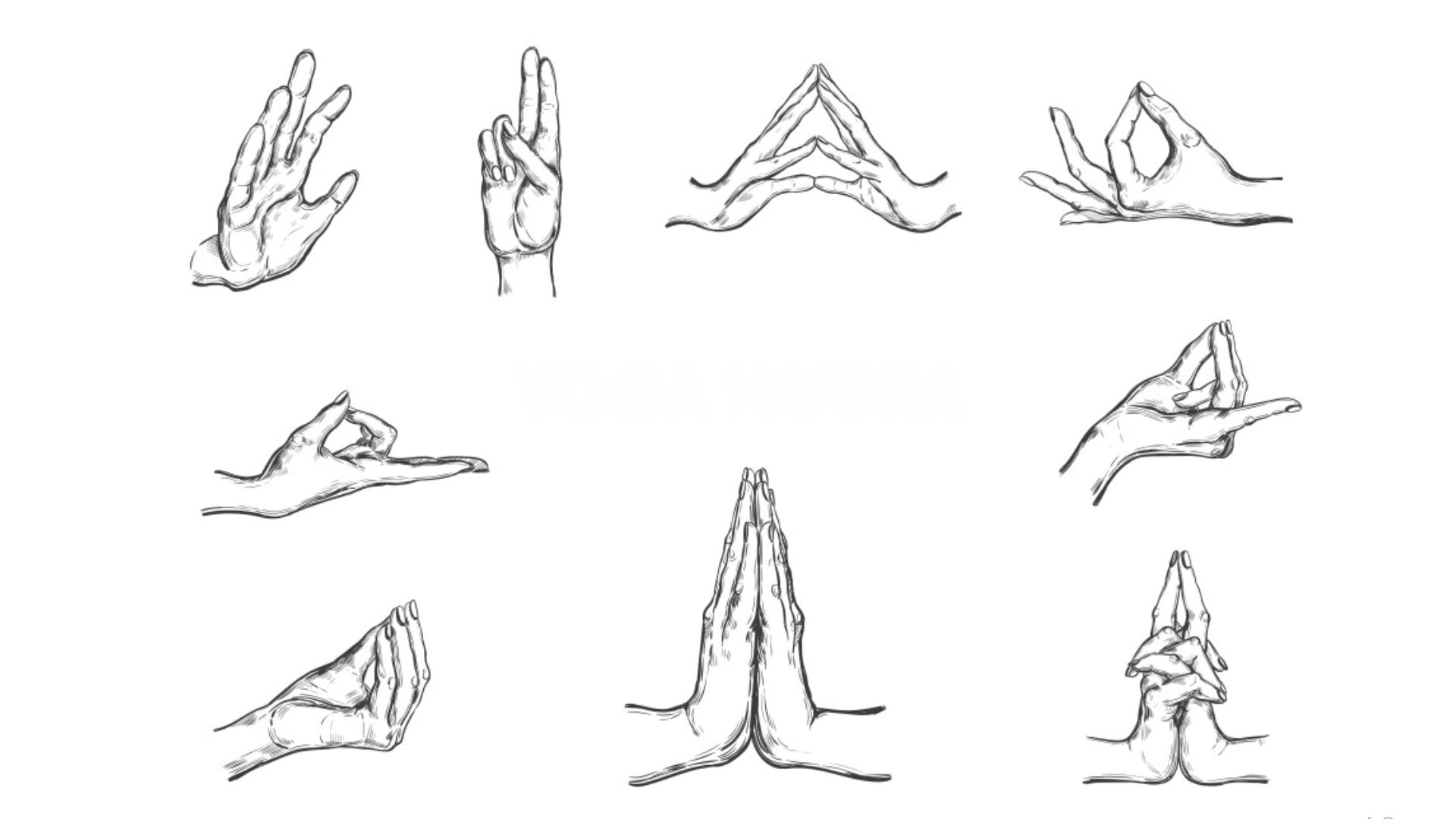
Draw symbolic hand positions like lotus, namaste, or Gyan mudra. These offer graceful forms and spiritual meaning.
- Purpose: Explore spiritual or symbolic posture.
- Style Tip: Keep lines soft and harmonious.
- How to draw: Use reference poses and sketch slowly to emphasize symmetry and serenity.
18. Hands Counting or Numbering
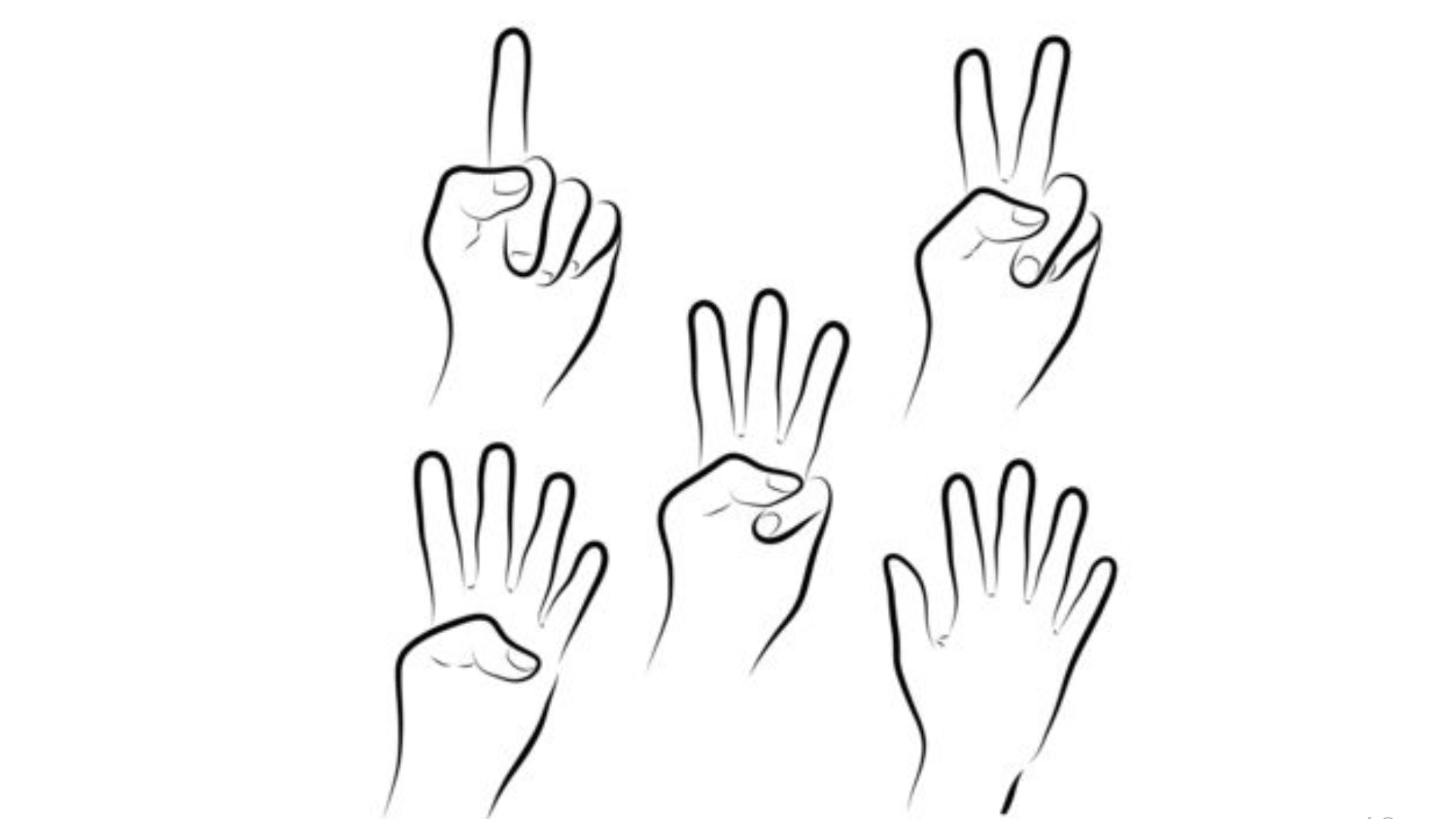
Illustrate fingers representing numbers from 1 to 10. This series helps study finger extension, balance, and tension.
- Purpose: Understand pose variations.
- Style Tip: Show clarity in each finger’s shape.
- How to draw: Use simple hand structure, then alter finger positions according to the number being shown.
19. Hands Offering Gifts

Draw palms holding wrapped items, flowers, or symbolic objects. Suggests generosity or storytelling within a scene.
- Purpose: Practice emotional context.
- Style Tip: Focus on open palms and gentle fingers.
- How to draw: Sketch a loose cupping gesture, then place the object gently in the hand’s center.
20. Hands with Water Ripple Reflections

Illustrate hands touching water, casting ripples or reflections. It helps explore texture and light distortion.
- Purpose: Explore reflection and motion.
- Style Tip: Use curved lines for ripples.
- How to draw: Sketch the hand near surface lines, then mirror and distort parts in the reflection zone.
Tips to Strengthen Your Hands Drawings
Improving hand drawings takes practice, observation, and smart techniques.
These tips will help you better understand structure, gesture, and stylization while building confidence in tackling one of the most challenging body parts to draw.
- Study Real Hands: Observe your own hands in different gestures and lighting. Use mirrors or take reference photos.
- Break Into Basic Shapes: Use boxes for palms and cylinders for fingers to simplify complex structures.
- Practice Gesture Drawing: Focus on movement and posture before adding detail; draw loose and quickly.
- Use References Generously: Collect and study hand photos, 3D models, or pose apps for varied angles.
- Understand Anatomy: Learn bone and muscle structure to draw believable hands, even from imagination.
- Practice Foreshortening: Draw hands from extreme angles to improve depth and spatial awareness.
- Light and Shadow Matters: Use clear lighting to practice shading and define volume and wrinkles.
- Draw in Series: Practice hands doing the same action in multiple ways (e.g., holding objects, gesturing).
- Experiment with Styles: Try realistic, cartoon, and abstract versions to discover your preferred drawing voice.
Conclusion
Drawing hands can feel intimidating, but progress comes with curiosity, consistency, and a willingness to find.
Every line you sketch, flawed or fluid, adds to your growth as an artist.
If you’re tracing outlines, inventing fantasy hands, or studying anatomy, each idea opens a new door to learning.
Don’t wait for perfection; start with just one prompt from this list and let your sketchbook evolve naturally. Over time, you’ll build skill, style, and confidence.


